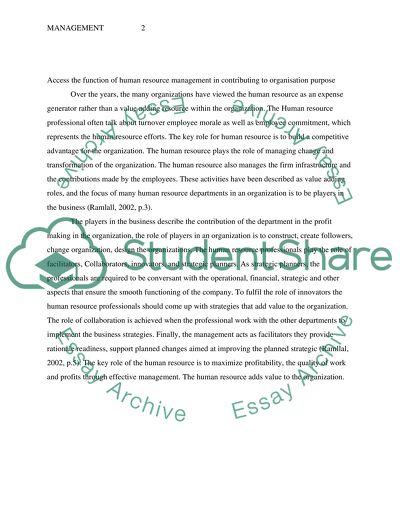Cite this document
(“Human Resource Managment Essay Example | Topics and Well Written Essays - 2000 words”, n.d.)
Retrieved from https://studentshare.org/human-resources/1394663-human-resource-managment
Retrieved from https://studentshare.org/human-resources/1394663-human-resource-managment
(Human Resource Managment Essay Example | Topics and Well Written Essays - 2000 Words)
https://studentshare.org/human-resources/1394663-human-resource-managment.
https://studentshare.org/human-resources/1394663-human-resource-managment.
“Human Resource Managment Essay Example | Topics and Well Written Essays - 2000 Words”, n.d. https://studentshare.org/human-resources/1394663-human-resource-managment.


